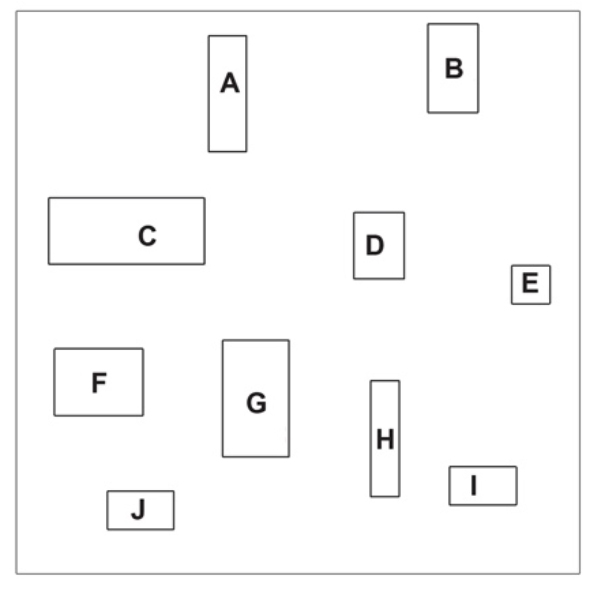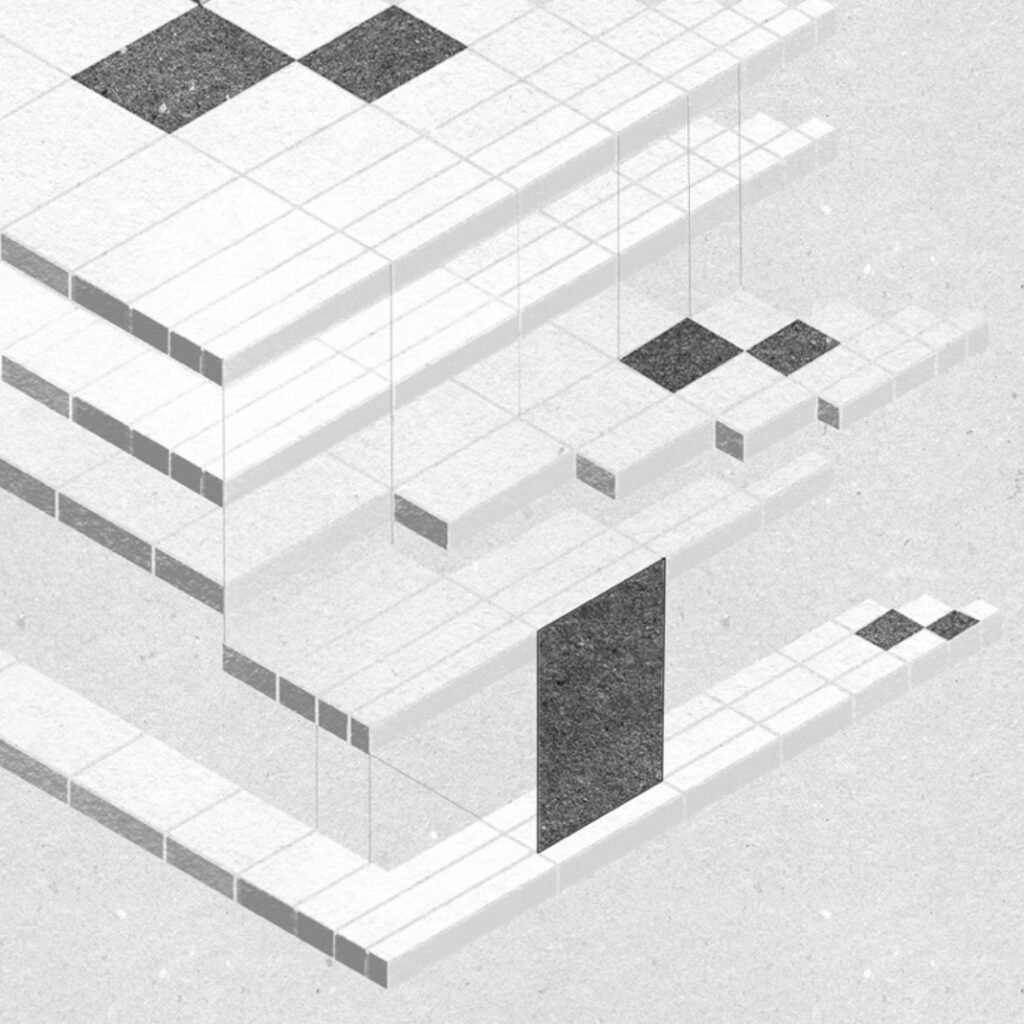

In their daily work, designers are required to imagine and create spaces and objects. Central to these skills is sensory perception, which is an instinctive act that requires no education on the part of the perceiver. But the designer strives to develop a clear awareness of perceptual processes: their dynamics and limitations. It is thanks to this awareness that the designer can foresee the influence of their creations on users’ experience, behavior and well-being.
In the long history of architectural education attempts have been made to design new pedagogical methods to develop the sensorial abilities of young designers. Interestingly, some of these attempts found a source of inspiration in science. However, it is unfortunate that most of such attempts mainly sought in science a means to support the use of certain shapes and proportions considered as beautiful and therefore pleasant to the eye. This focus on aesthetics has ignored the larger issue of how certain qualities of the objects are perceived by the viewer and affect his/her overall experience of the built environment.
These innovative pedagogical formats have interested renowned schools of design since the early twentieth century. Notable examples include the Theory of Pure Design, championed by Arthur Wesley Dow and Denman Walso Ross. This approach focused on physio-psychology and relied on empirical studies to ascertain the visual appeal of various forms. Another influential institution, the Bauhaus school, drew inspiration from Gestalt Psychology to develop a curriculum aimed at imparting students with fundamental principles of perception, upon which they could unleash their creative potential. In Moscow’s design school, Vkhutemas, Nicolai Ladovsky taught the course “Space,” which integrated perceptual psychology and sought to merge architectural pedagogy with scientific methods. This interdisciplinary approach aimed to deepen students’ understanding of spatial perception. The Illinois Institute of Technology’s curriculum featured the course “Visual Training,” taught by Walter Peterhans under the guidance of Mies van der Rohe. This course delved into investigating specific form properties to achieve aesthetic excellence. Lastly, the ULM School, founded by former Bauhaus students, embraced the principles of perceptual psychology and sought to incorporate them into their curriculum, emphasizing the importance of human perception in design education.
Vision Training for Designers
Tiziana Proietti, IDEC 2023 Southwest Regional Conference, 2-3 November 2023